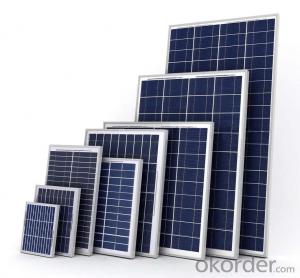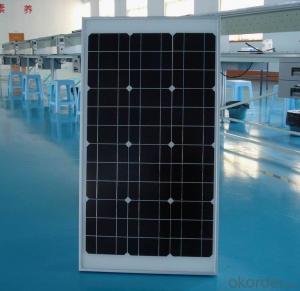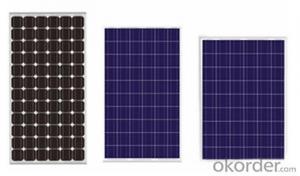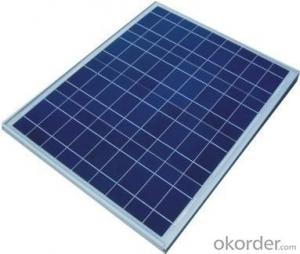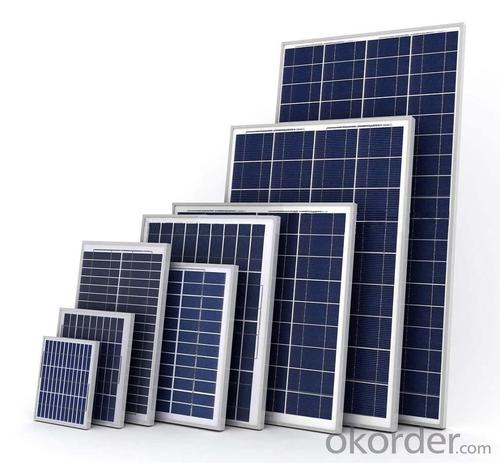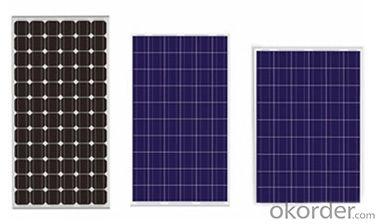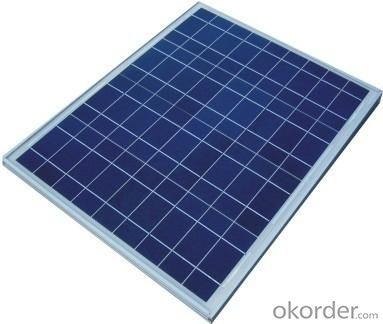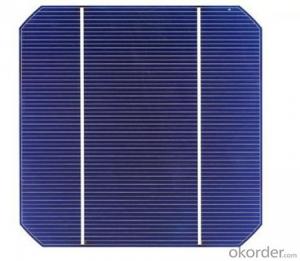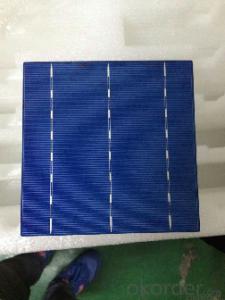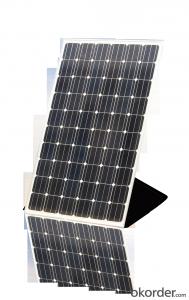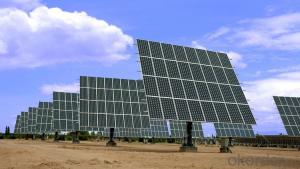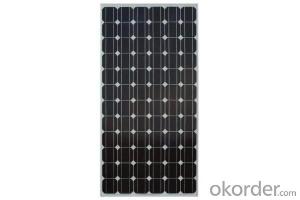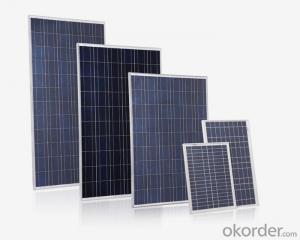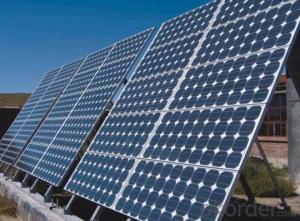Solland Solar Cells Favorites Compare Top High Efficiency Mono Perlight Solar Panel 280W
- Loading Port:
- China Main Port
- Payment Terms:
- TT OR LC
- Min Order Qty:
- -
- Supply Capability:
- 10000000000000 watt/month
OKorder Service Pledge
Quality Product, Order Online Tracking, Timely Delivery
OKorder Financial Service
Credit Rating, Credit Services, Credit Purchasing
You Might Also Like
Quick Details
| Place of Origin: | Guangdong China (Mainland) | Brand Name: | sunshine | Model Number: | sy-280p |
| Material: | Polycrystalline Silicon | Size: | 1960*980*40mm | Number of Cells: | 72PCS |
| Max. Power: | 280W | VOC: | 36V |
Packaging & Delivery
| Packaging Detail: | Crate |
| Delivery Detail: | 30 |
Specifications
1, A grade solar cell
2,Life of 20-35 years
3,Super quality competitve price
4,International Standard
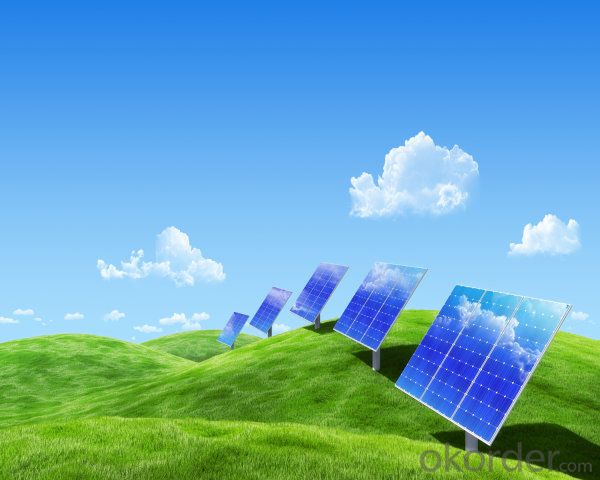
solar panels 280W poly Specification
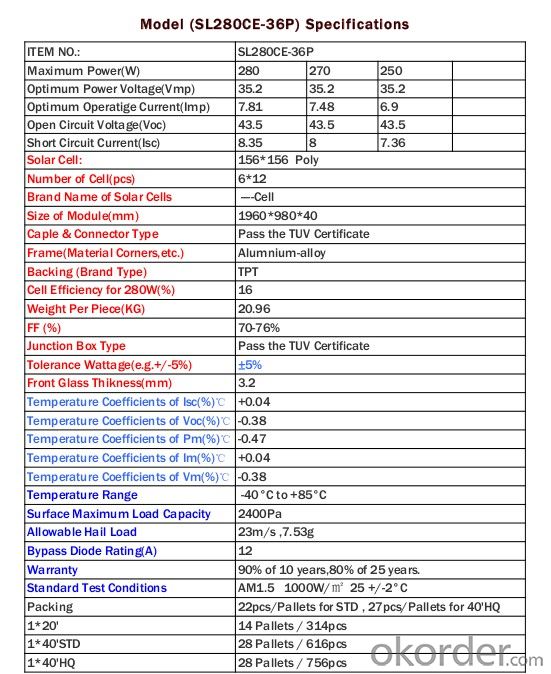
- Q: What is the impact of shadows on solar cell performance?
- Shadows have a negative impact on solar cell performance as they decrease the amount of sunlight reaching the solar panel, therefore reducing the electricity generation. Shadows can create "hot spots" on the cells, leading to higher temperatures and potential damage. It is essential to ensure that solar panels are installed in areas free from shadows to maximize their efficiency and overall performance.
- Q: How do solar cells affect air pollution?
- Solar cells reduce air pollution by generating electricity from the sun's energy without burning fossil fuels, thereby eliminating harmful emissions such as carbon dioxide, sulfur dioxide, and nitrogen oxides that contribute to air pollution.
- Q: Can solar cells be used for powering space missions?
- Yes, solar cells can be used for powering space missions. Solar cells, also known as photovoltaic cells, convert sunlight into electricity. They have been widely used in space missions as they provide a reliable and renewable source of energy. Solar panels equipped with these cells are often deployed on spacecraft to generate power for various systems and instruments. The abundance of sunlight in space makes solar cells a practical and efficient option for powering space missions.
- Q: Can solar cells be used in recreational vehicles or boats?
- Yes, solar cells can be used in recreational vehicles or boats. They provide a sustainable and reliable source of power, allowing for the generation of electricity without the need for external fuel sources. This makes solar cells an ideal solution for off-grid power needs in these applications, providing an eco-friendly and cost-effective alternative to traditional energy sources.
- Q: What is the impact of solar cells on reducing greenhouse gas emissions?
- Solar cells have a significant impact on reducing greenhouse gas emissions as they generate clean and renewable energy from the sun without producing any harmful emissions. By replacing traditional fossil fuel-based electricity generation, solar cells help to mitigate climate change by reducing the release of greenhouse gases, such as carbon dioxide, into the atmosphere. This transition to solar energy not only contributes to a cleaner environment but also helps in achieving global climate goals and creating a sustainable future.
- Q: Can solar cells be used in vehicles?
- Yes, solar cells can be used in vehicles. They are commonly used in electric vehicles (EVs) to charge the battery and provide power to various systems, increasing their range and efficiency. Solar panels can be installed on the roof or hood of a vehicle to capture sunlight and convert it into electricity, helping to reduce reliance on grid charging and decrease carbon emissions.
- Q: What is the typical lifespan of a solar cell?
- The typical lifespan of a solar cell is around 25 to 30 years.
- Q: What is the current situation and the recent progress space solar cells in China?
- The space solar cells is uniquely designed for the power supply for the space, which is very expensive to build and maintain.
- Q: How do solar cells affect the local ecosystem?
- Solar cells have a minimal impact on the local ecosystem. While their installation may require clearing some vegetation and potentially disrupting wildlife habitats, once operational, solar cells do not emit any pollutants or greenhouse gases. Additionally, they do not consume water or generate noise, reducing their impact on local resources and wildlife. In fact, solar cells can even provide shading for plants and help reduce the urban heat island effect, contributing positively to the local ecosystem.
- Q: Can solar cells be used for powering airports?
- Yes, solar cells can be used for powering airports. Solar energy is a sustainable and renewable source of power, and airports have large areas of open space that can be utilized for installing solar panels. By harnessing the power of the sun, airports can reduce their reliance on non-renewable energy sources, lower their carbon footprint, and potentially save on energy costs in the long run. Additionally, solar power can also be stored in batteries for use during non-sunny periods or at night, ensuring a continuous power supply for critical airport operations.
Send your message to us
Solland Solar Cells Favorites Compare Top High Efficiency Mono Perlight Solar Panel 280W
- Loading Port:
- China Main Port
- Payment Terms:
- TT OR LC
- Min Order Qty:
- -
- Supply Capability:
- 10000000000000 watt/month
OKorder Service Pledge
Quality Product, Order Online Tracking, Timely Delivery
OKorder Financial Service
Credit Rating, Credit Services, Credit Purchasing
Similar products
Hot products
Hot Searches
Related keywords
